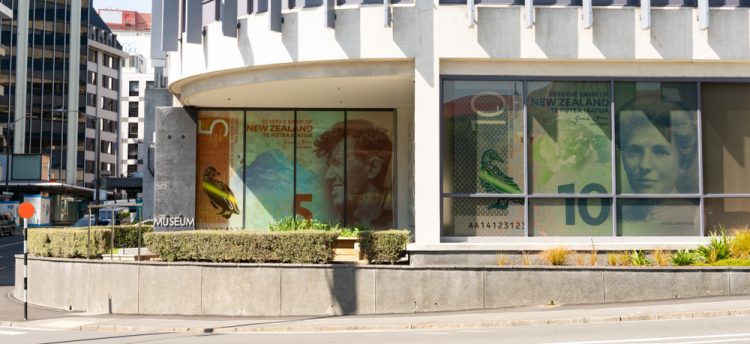법률 회사인 채프먼 트립 (Chapman Tripp) 의 보고서에 따르면 뉴질랜드의 은행 산업은 향후 10년 동안 소비자에게 더 많은 권력과 선택권을 제공하기 위해 규제와 기술이 발전함에 따라 중대한 구조적 변화를 겪을 것으로 예상됩니다.이 부문은 더 다양하고 어려우며 경쟁이 치열한 거래 환경에 직면하게 될 것이며, 그 결과 크고 작은 플레이어 모두에게 승패가 갈릴 것입니다.기술 발전으로 인한 변화의 속도는 뉴질랜드에만 국한되지 않을 것입니다. 하지만 기술이 미지의 영역으로 발전하고 현대 은행의 “진실”이 재검토되는 시기에 뉴질랜드는 이러한 변화에 한꺼번에 직면하고 있습니다.
보고서에 따르면 뉴질랜드의 암호화폐 활용은 상대적으로 느리지만 핀테크 부문과 함께 아시아 태평양 지역의 다른 지역과 마찬가지로 빠르게 성장할 것으로 예상됩니다.보고서는 또한 소비자들이 은행에 더 많은 것을 요구할 것으로 예상됨에 따라 은행 생태계 내에서 예금을 유지할 수 있는 새로운 은행 상품이 필수적이 될 것이라고 시사했습니다.새로운 기술과 규제로 인해 은행 간에 자금을 전환하거나 은행 시스템을 완전히 탈퇴하는 것이 더 쉬워지는 것처럼 현재의 인플레이션 환경은 고객이 더 높은 수익을 추구하도록 장려할 것입니다.
보고서는 또한 합리적인 기업 행동에 대한 대중의 기대에 부응하는 소셜 운영 라이선스를 은행 부문이 관리하기가 점점 더 어려워질 것이라고 예측했습니다.은행 업무에는 환경, 사회 및 거버넌스 문제 관리가 포함되며, 사기 또는 경제적 충격과 관련된 어려움 시기에 은행이 고객을 얼마나 잘 지원하는지까지 확대될 것입니다.
소매 연료, 슈퍼마켓 및 건설 산업에 대한 최근 시장 보고서에 따라 소매 금융 부문에 대한 상무위원회 조사가 예정되어 있기 때문에 변화가 있을 것으로 보입니다.금융 규제, 시장 규율 및 투자자 보호의 적절한 균형을 찾는 것은 해결하기 어려운 문제이며, 접근 방식에 관계없이 의도하지 않은 결과와 불만이 발생합니다.채프먼 트립의 보고서는 향후 12개월 동안 일부 변화가 있을 것으로 예상했으며, 앞으로 몇 년 동안 더 중요한 변화가 있을 것으로 예상했습니다.은행 부문은 상당한 조정이 필요하고 시장의 역동성을 변화시켜 기술 혁신을 장려하고 신규 진입자를 위한 기회를 창출해야 하는 다각적인 규제 개혁 프로그램에 직면해 있습니다.기존 뱅킹 서비스를 넘어 고객 유치를 위해 제공되는 상품 규모와 범위가 확대됨에 따라 장기적인 통합이 이루어질 수 있습니다.
은행 산업 변화에 대한 ‘뒤쳐진 시장’ 뉴질랜드




























































